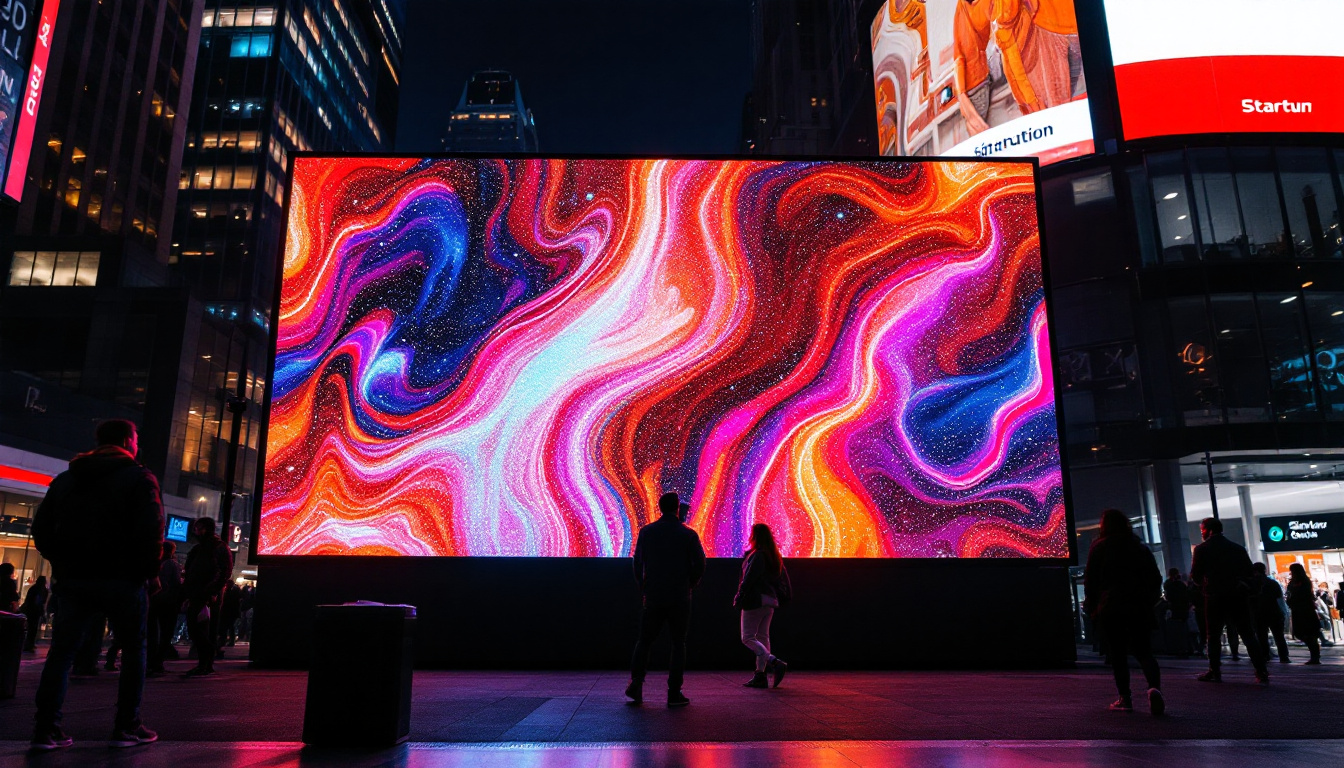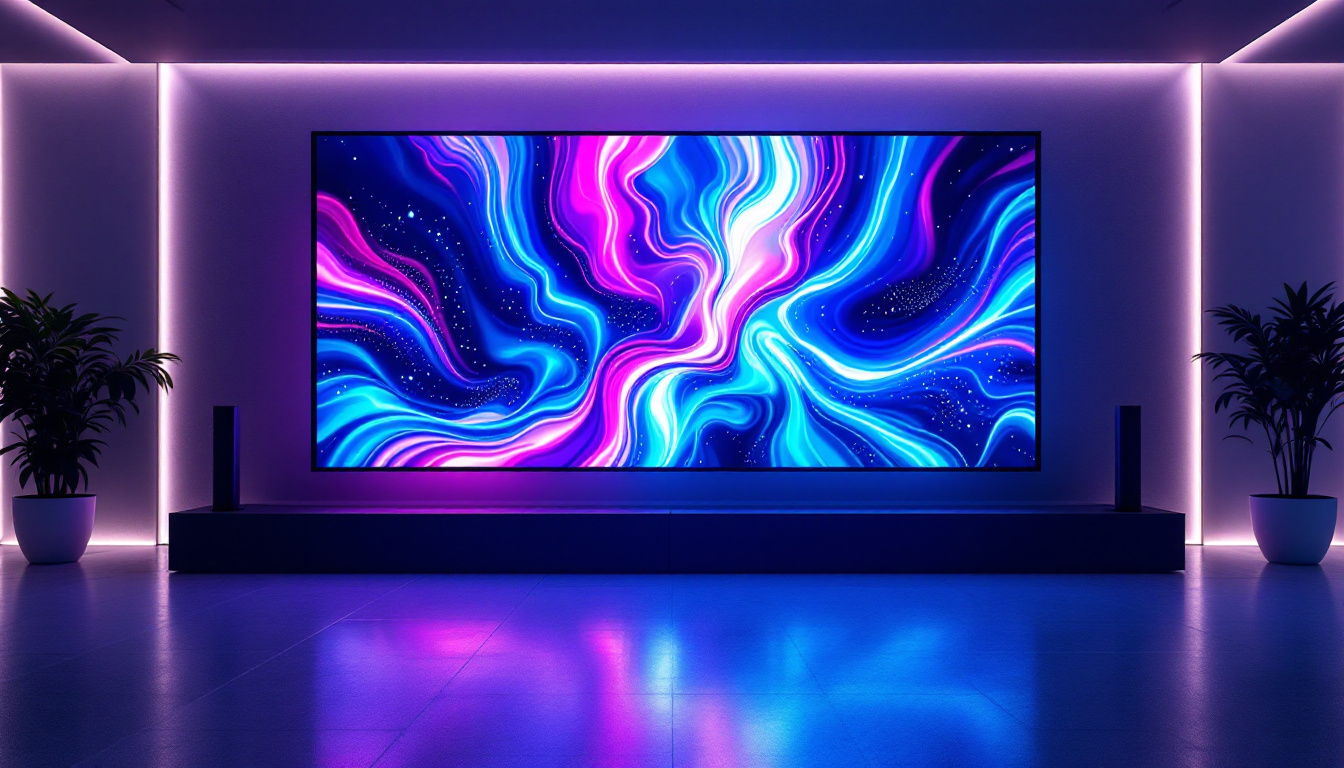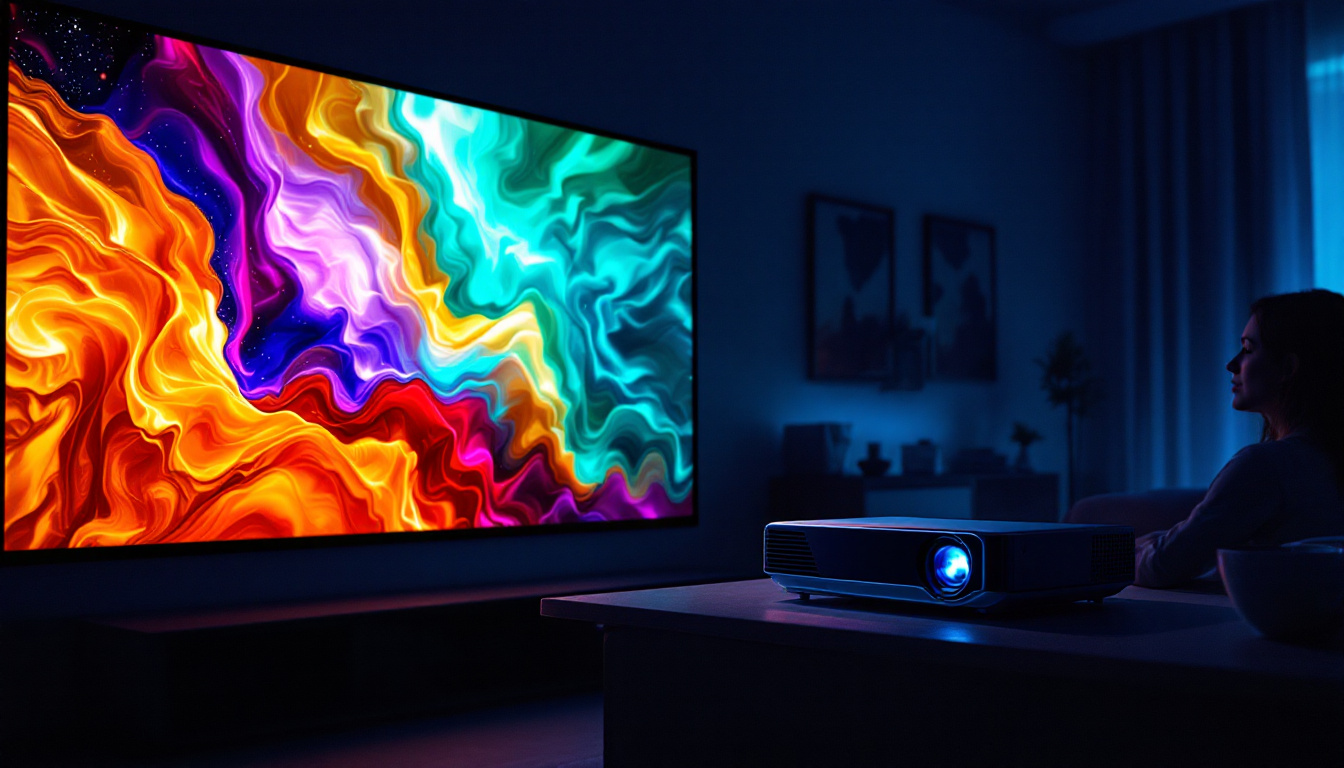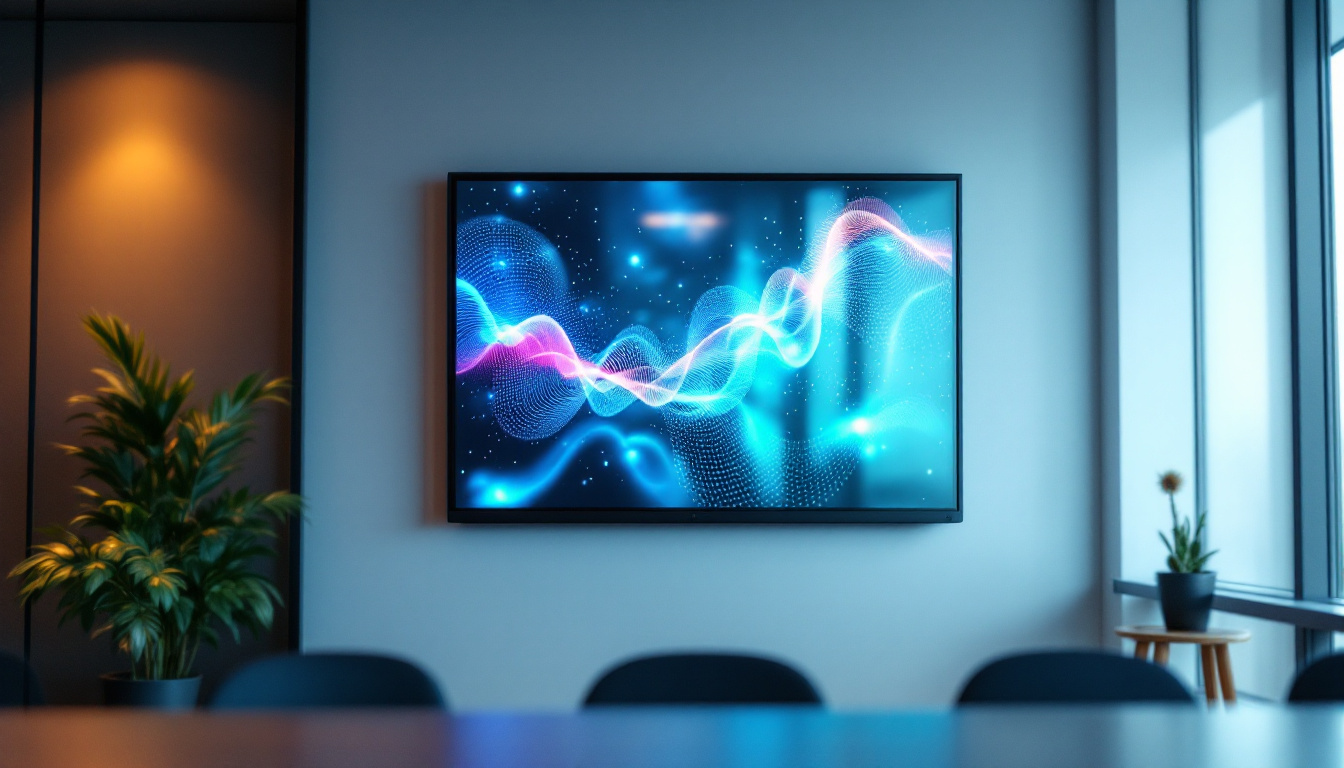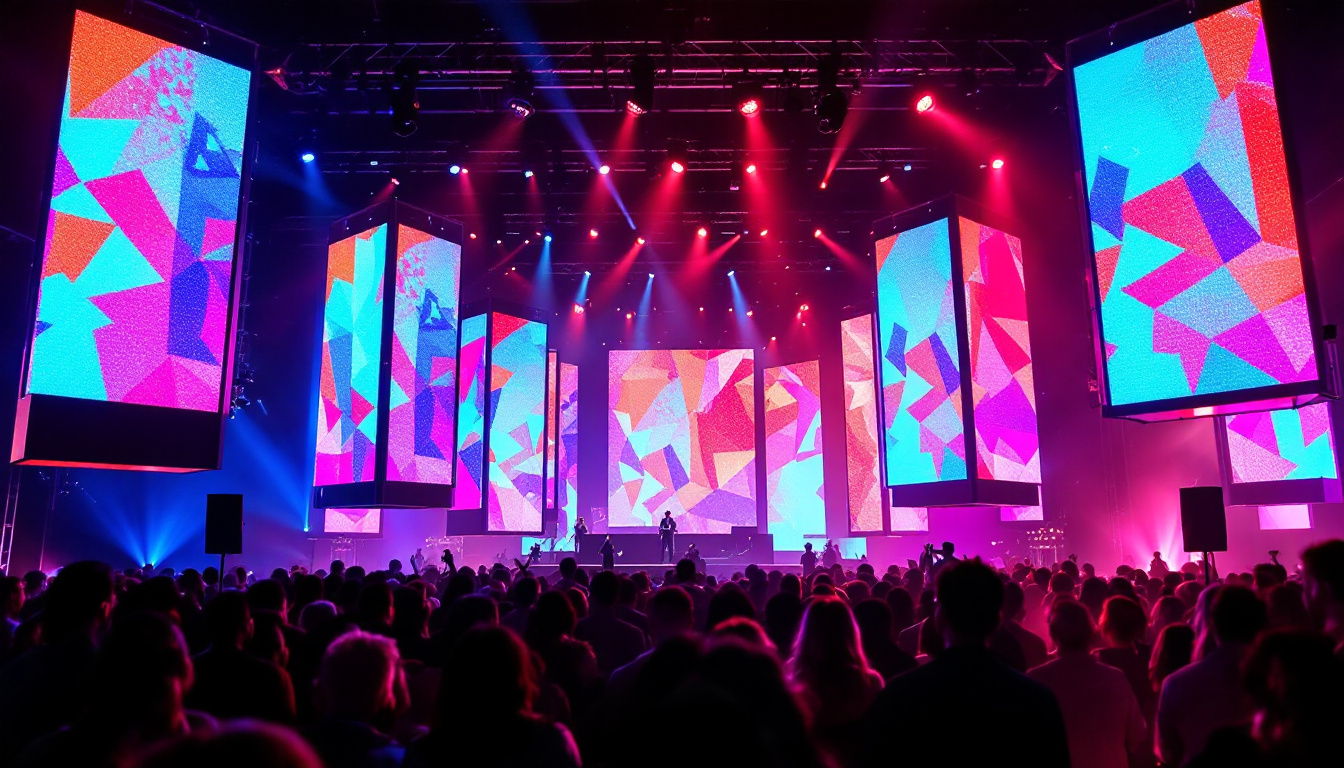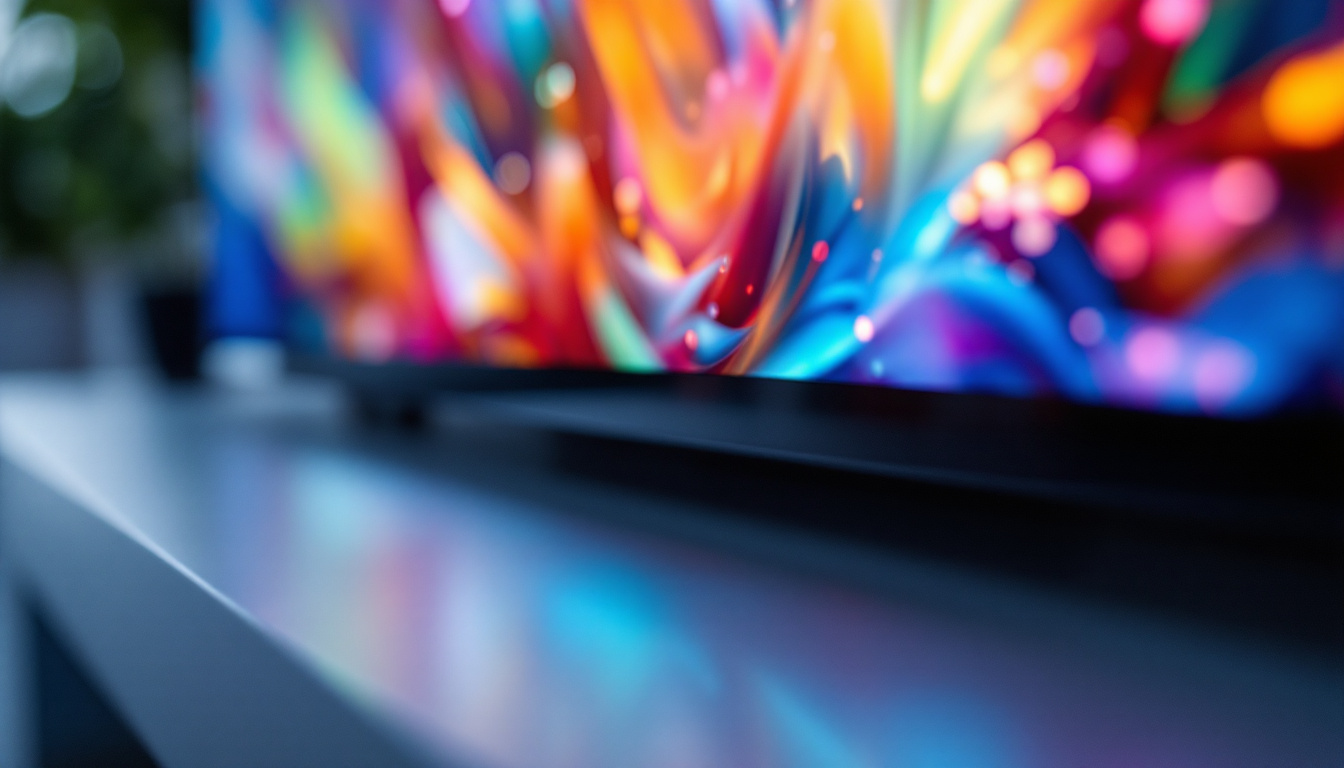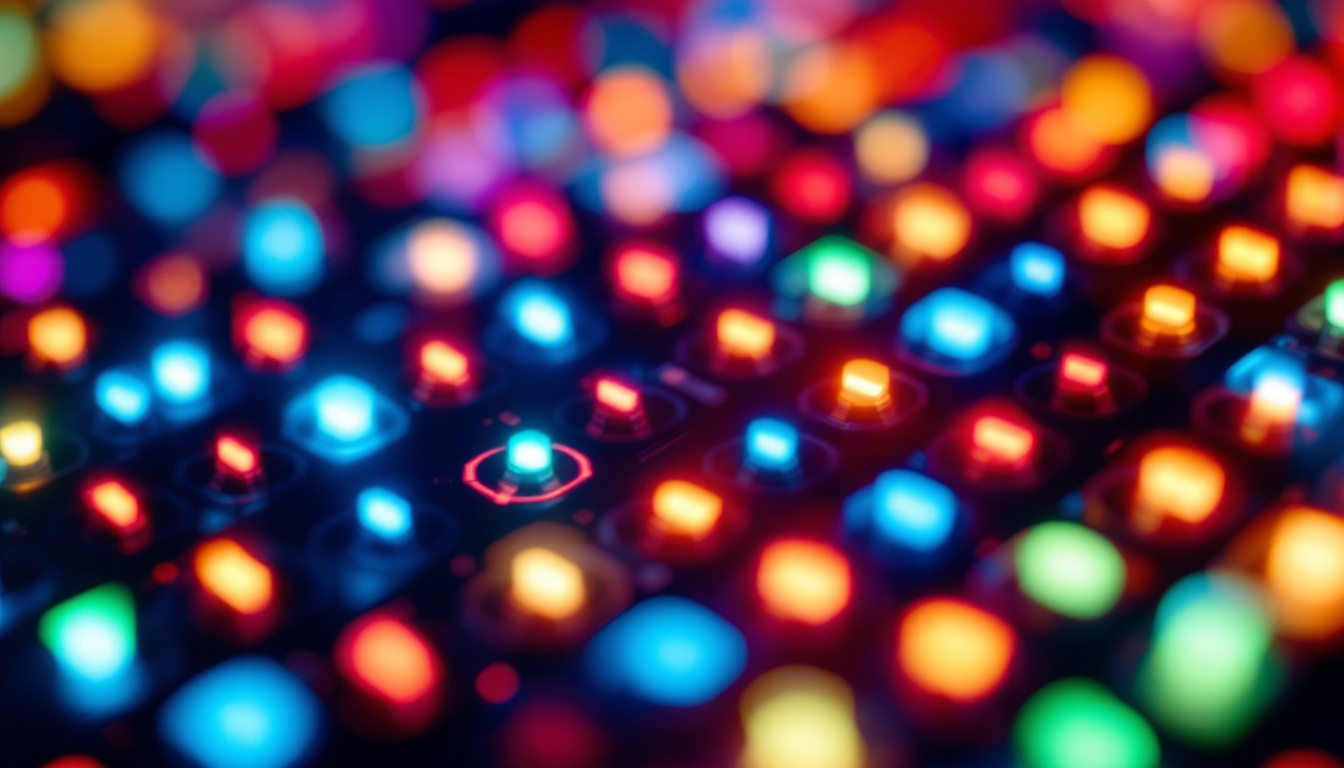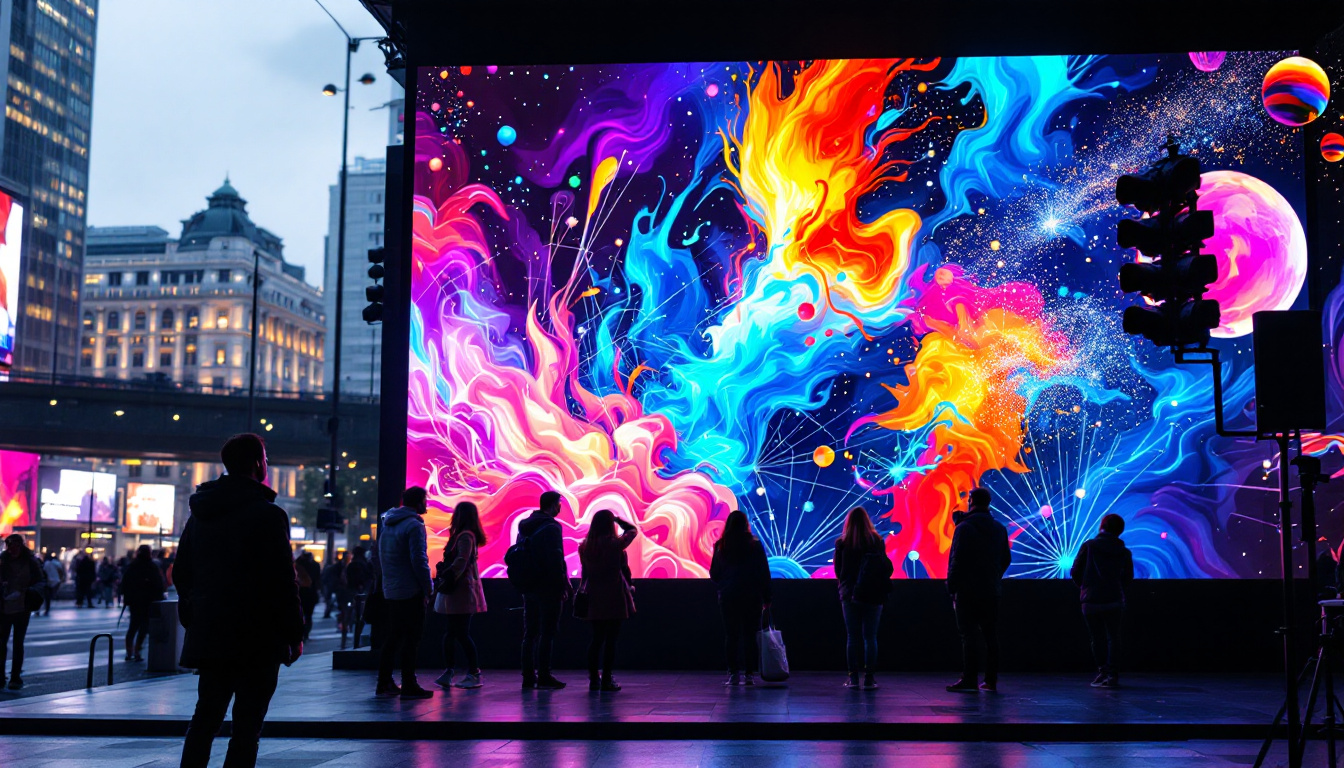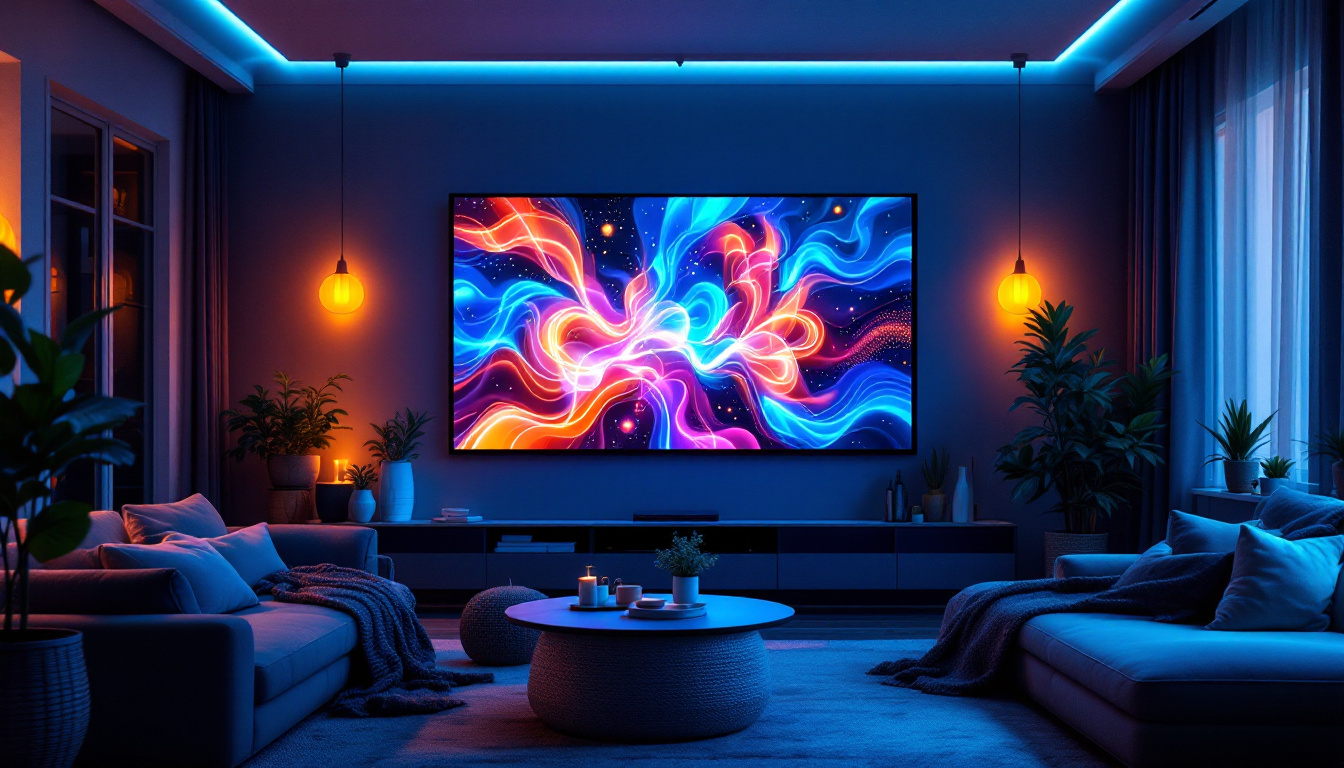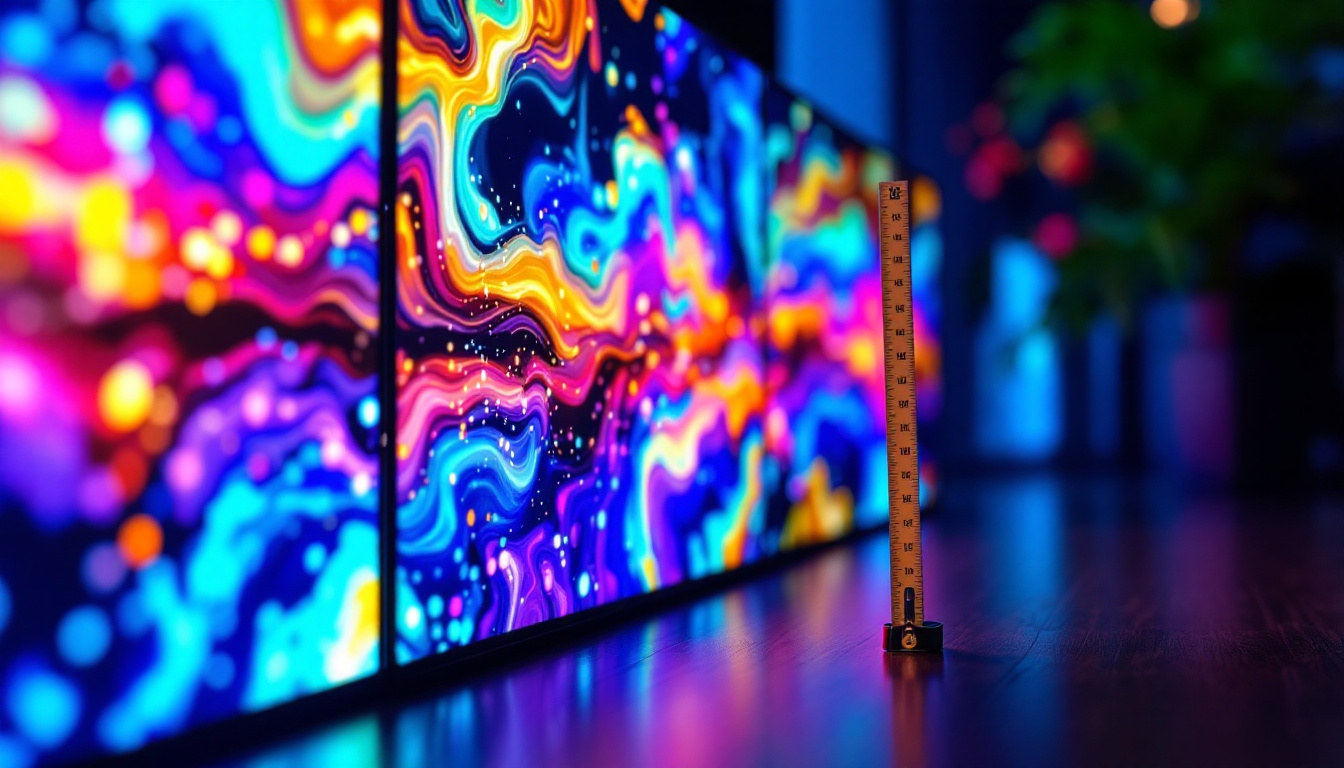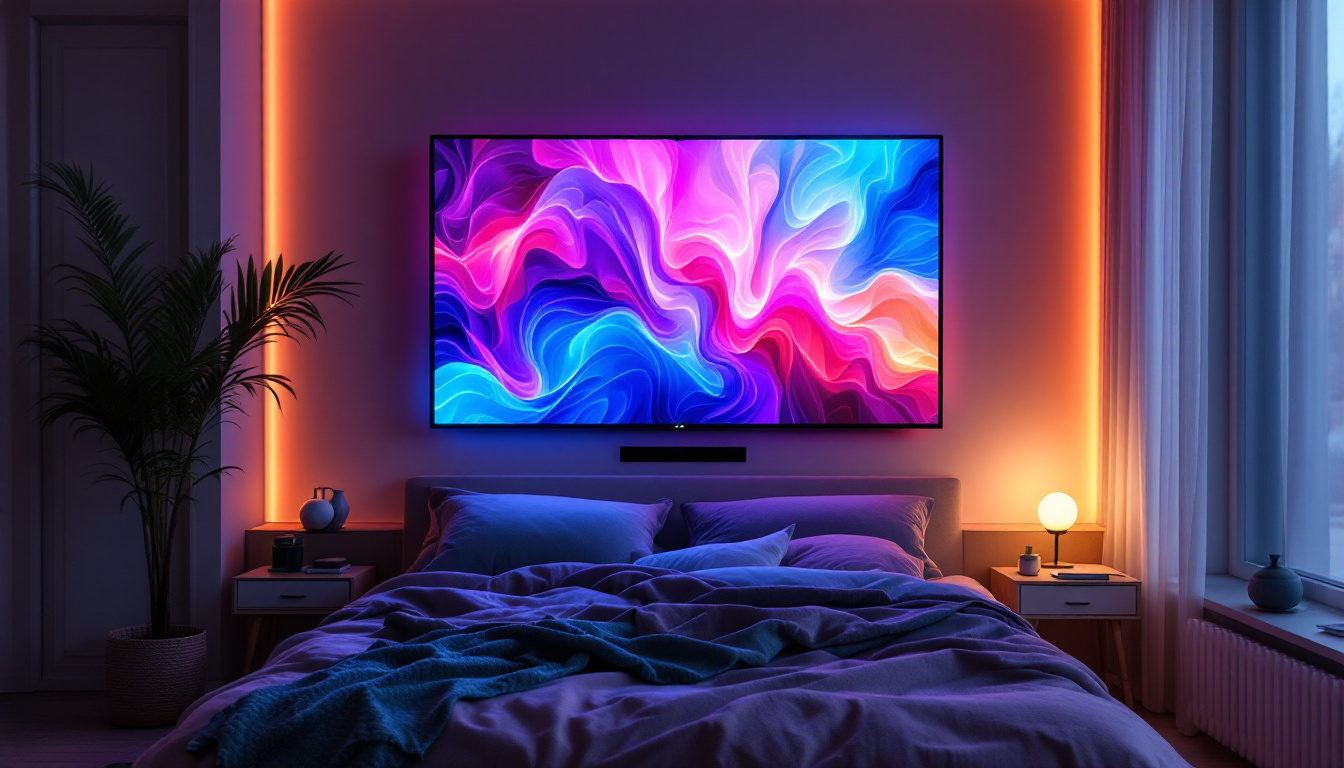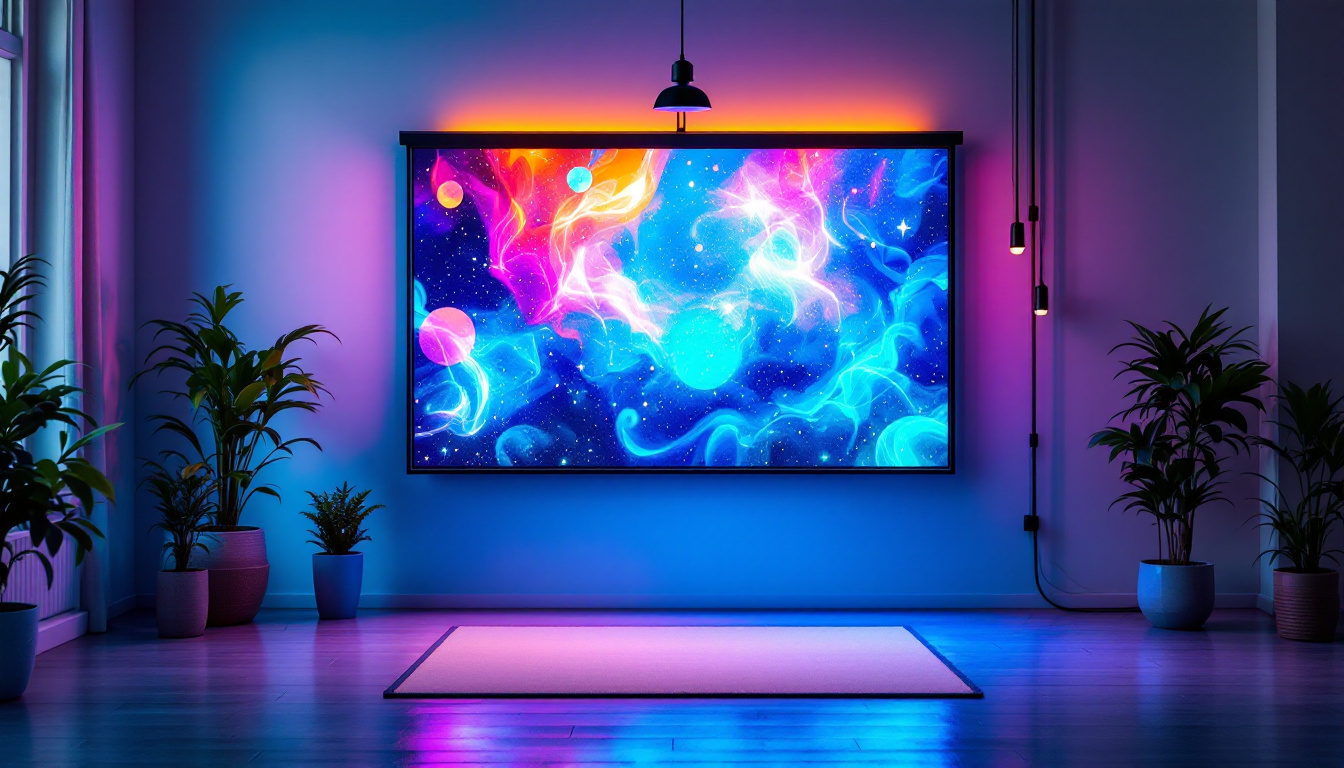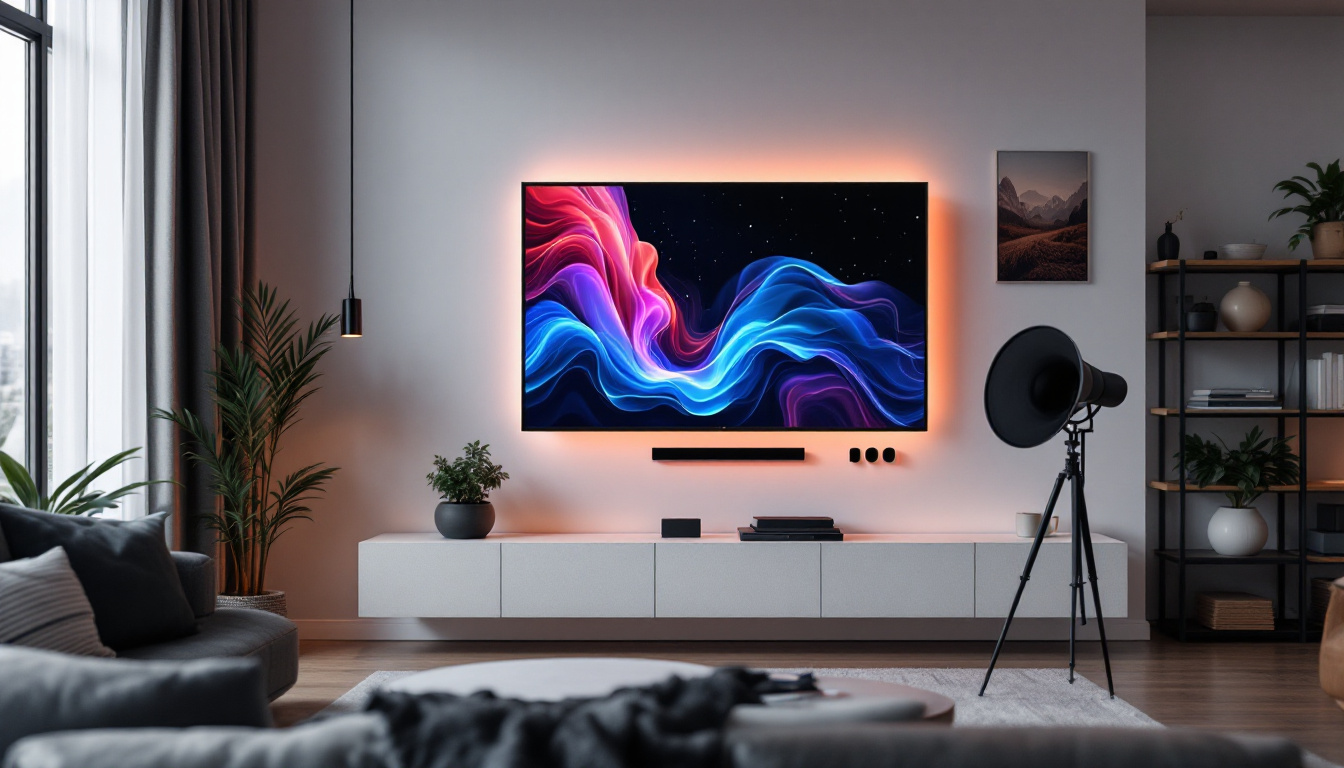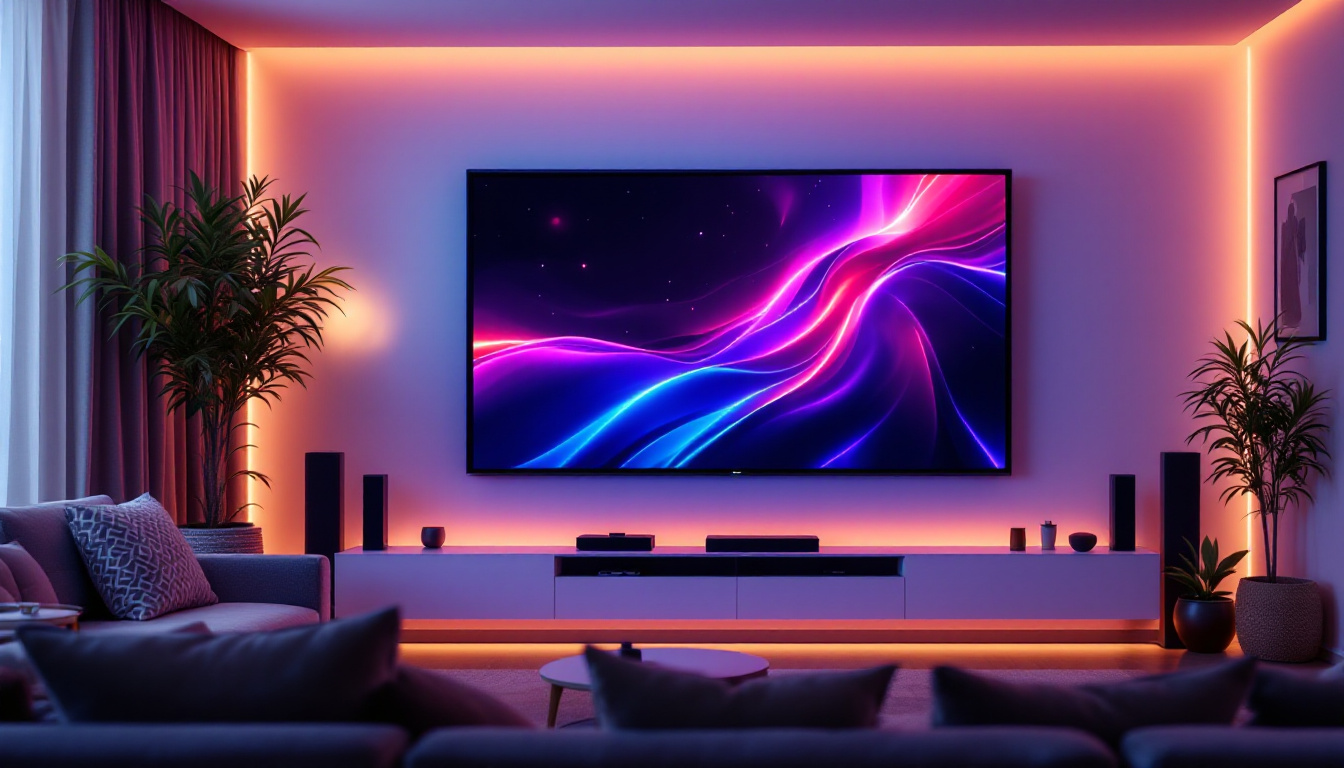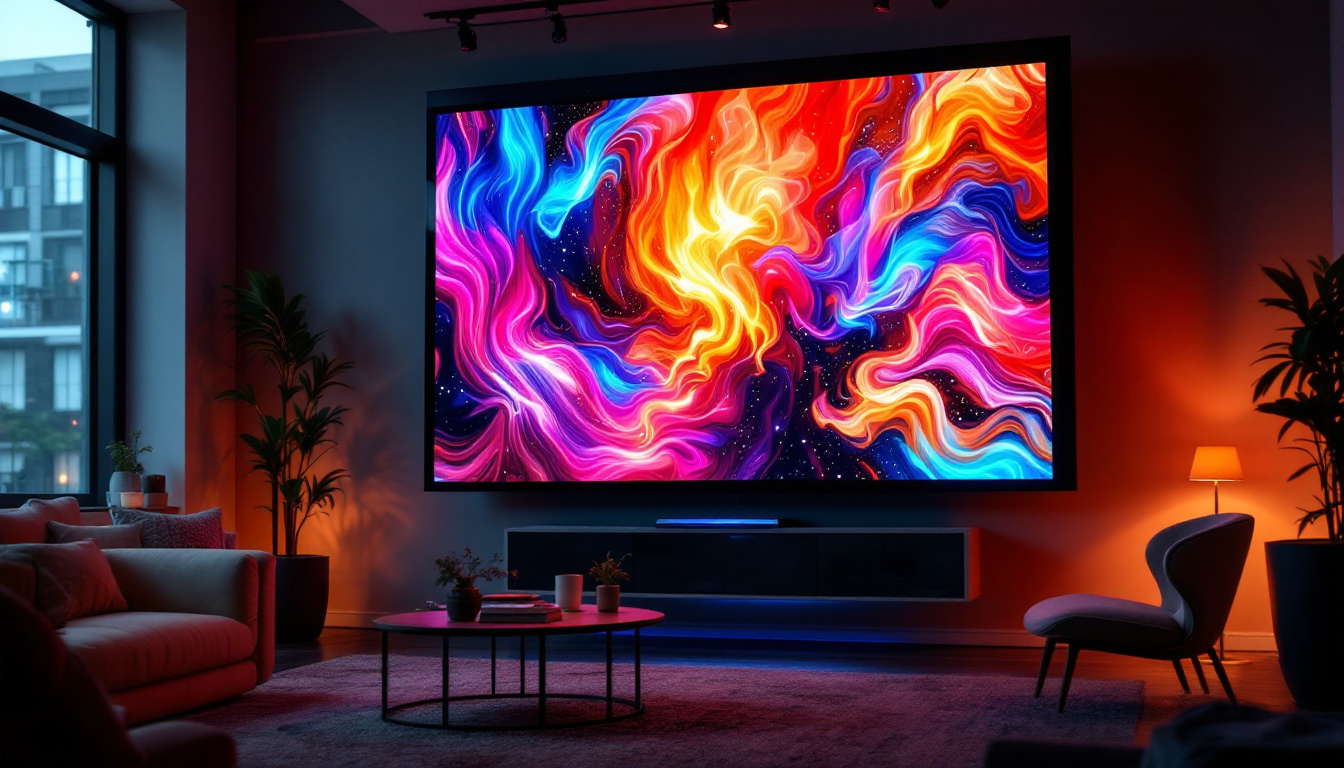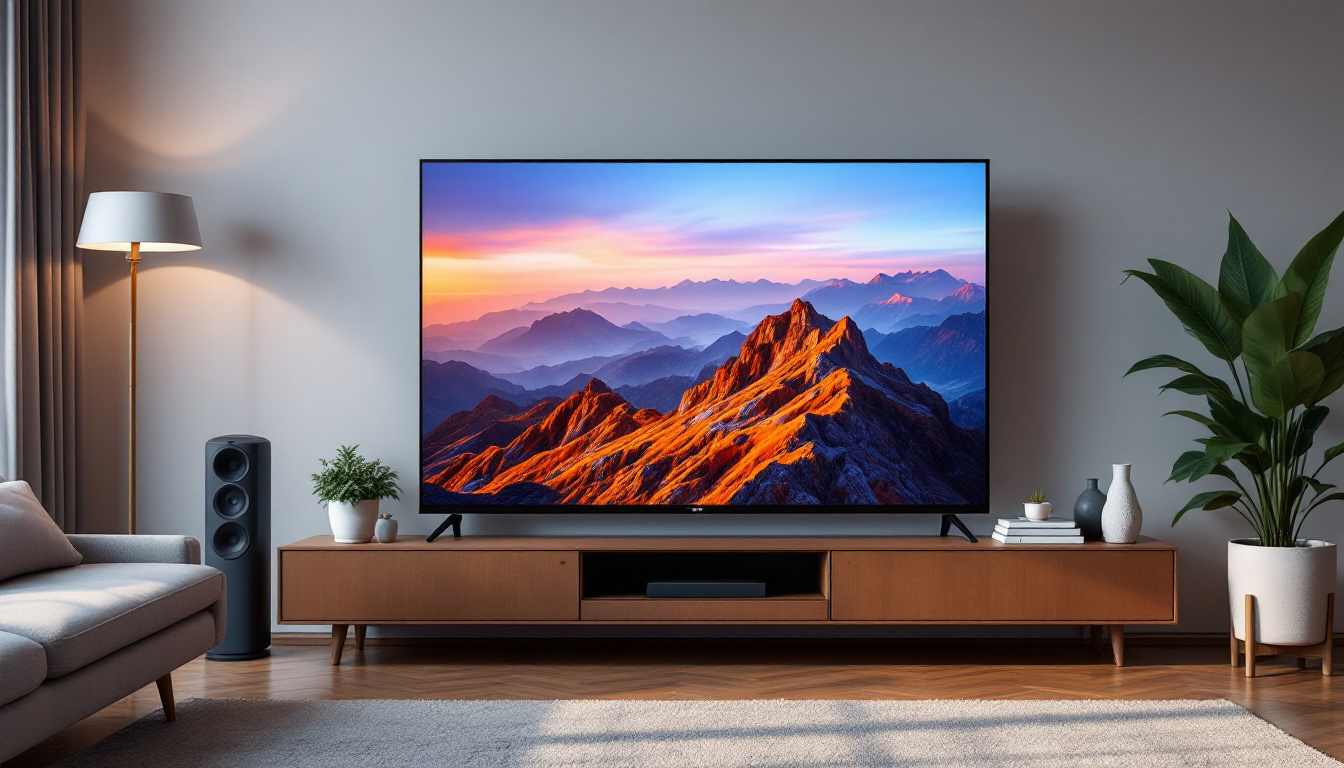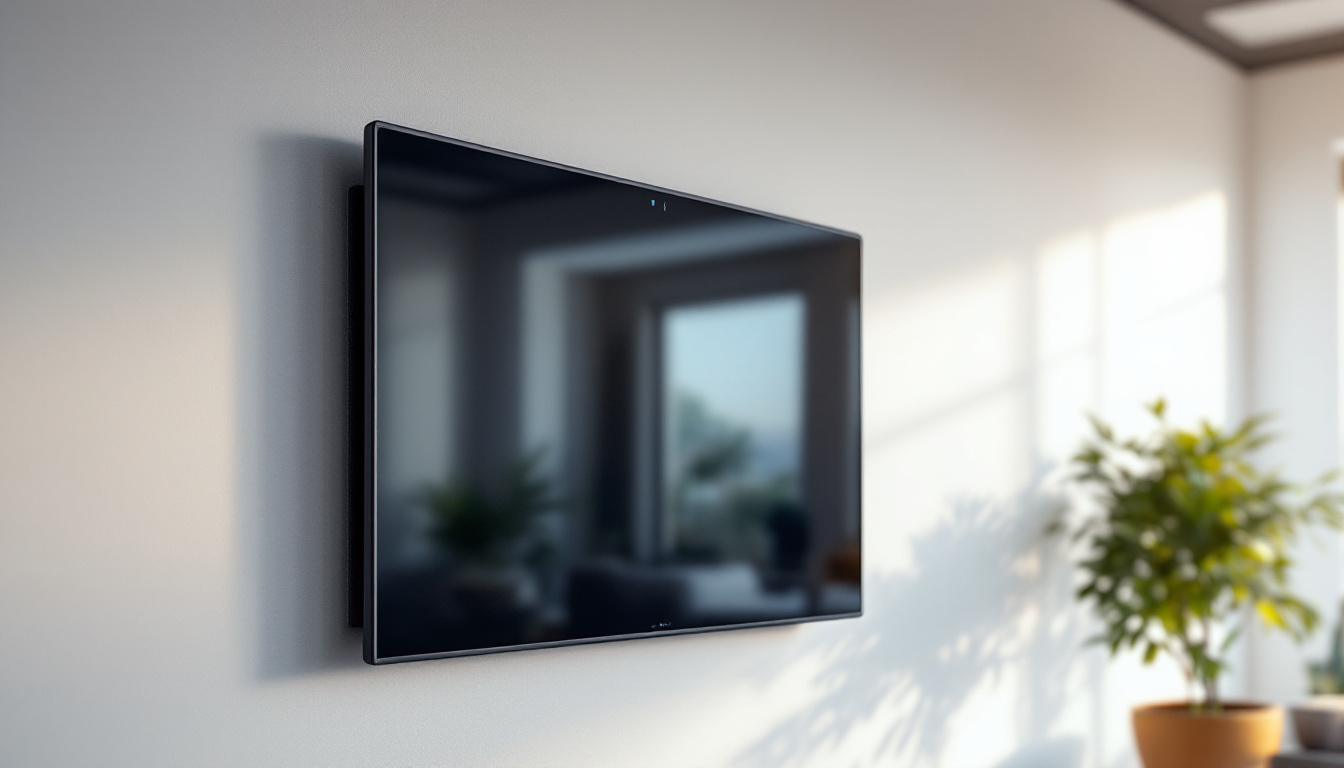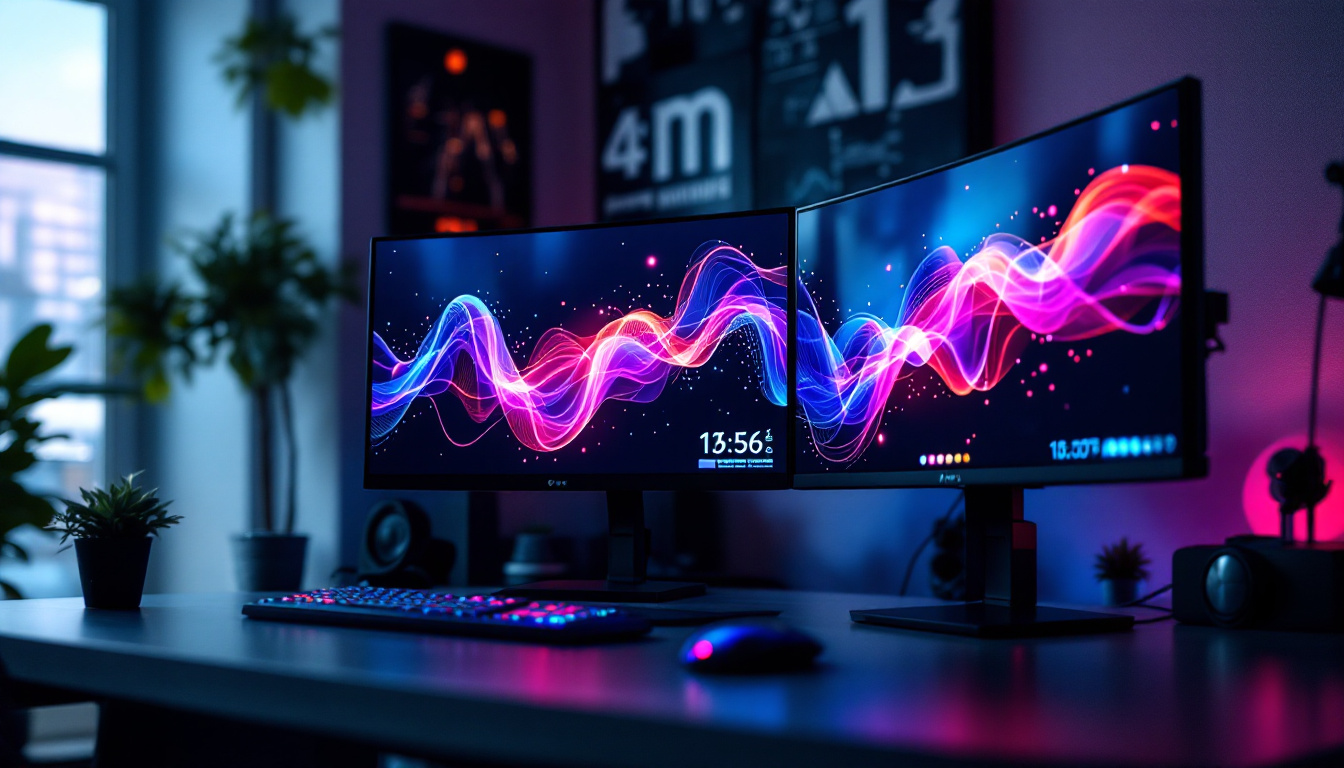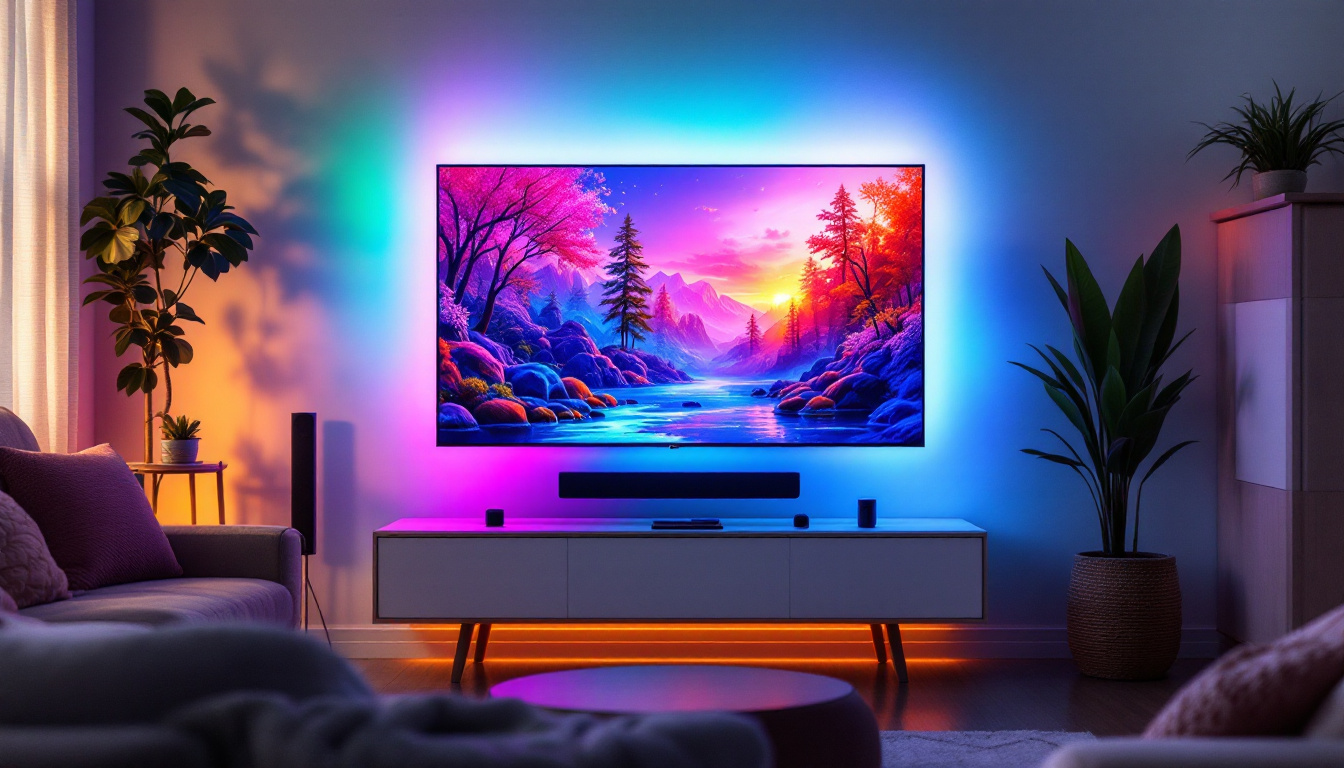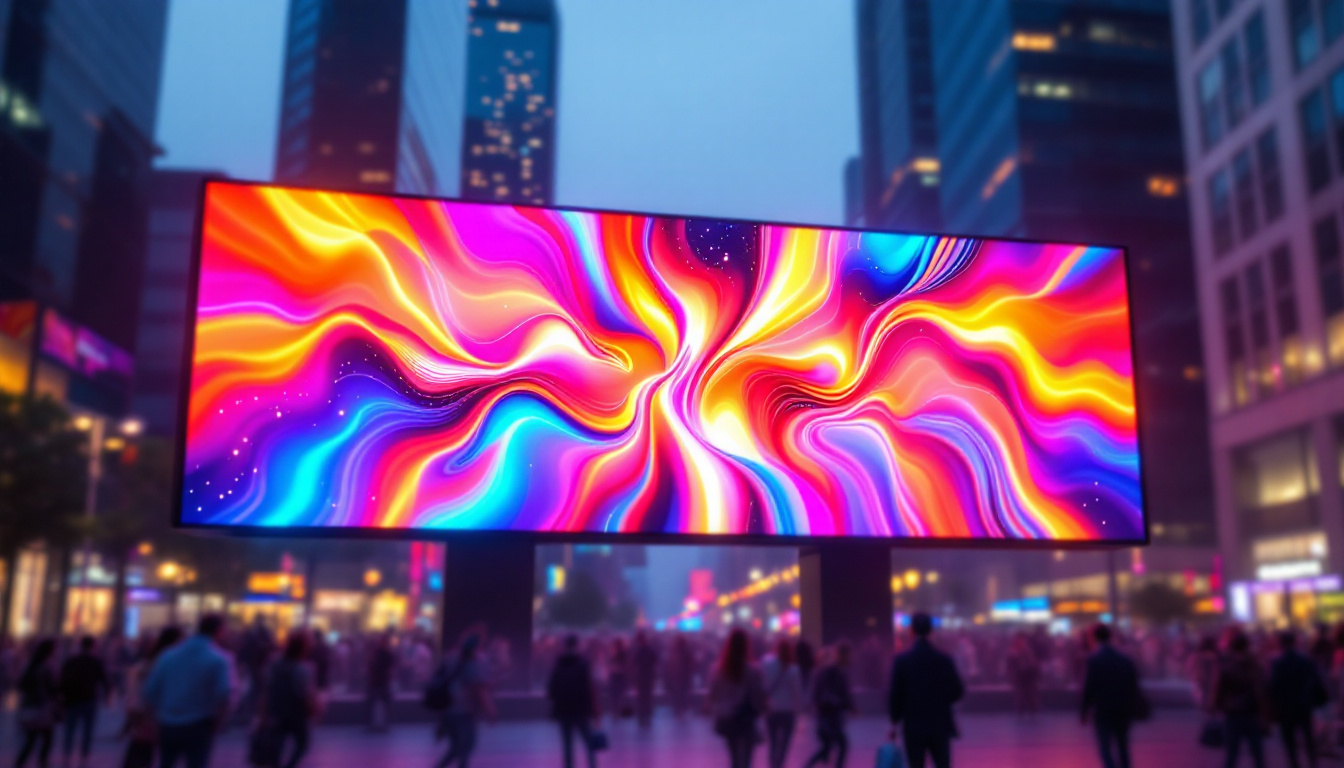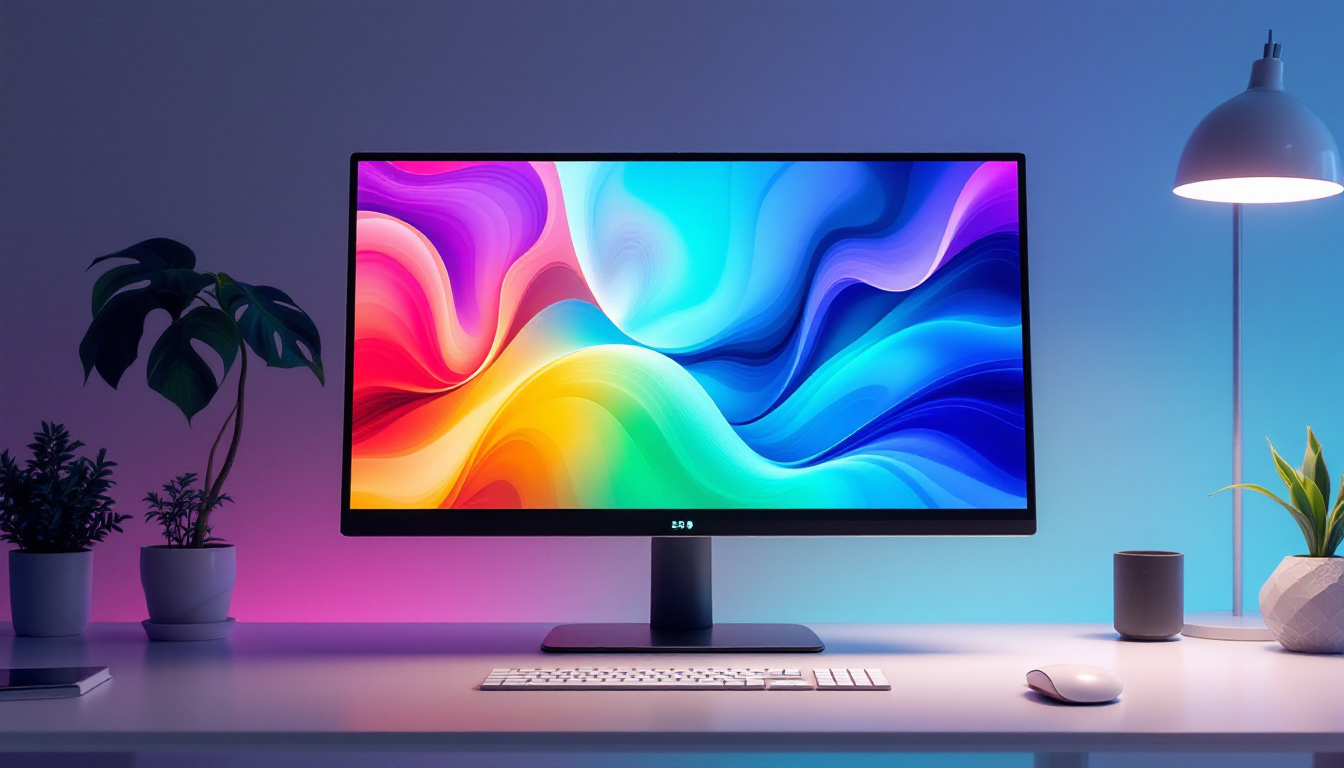In the realm of modern technology, LED displays have become a cornerstone of visual communication. Among the various specifications that define these displays, pixel pitch is a crucial factor that determines the quality and clarity of the images produced. This article delves into the specifics of a 6.6mm LED display, exploring its features, advantages, applications, and how it compares to other pixel pitches.
Understanding Pixel Pitch
Pixel pitch refers to the distance between the centers of two adjacent pixels on a display screen. It is typically measured in millimeters and plays a significant role in determining the resolution and overall visual quality of the display. A smaller pixel pitch indicates a higher pixel density, which translates to sharper images and finer details. This measurement is particularly important in applications where clarity is paramount, such as in digital signage, video walls, and high-definition televisions.
Moreover, pixel pitch is not only a technical specification but also a critical factor in user experience. As technology advances, the demand for displays with smaller pixel pitches continues to grow, driven by the need for more immersive visual experiences. This has led to innovations in display technology, allowing manufacturers to produce screens that deliver stunning visuals even at close viewing distances.
What is 6.6mm Pixel Pitch?
A 6.6mm pixel pitch means that the distance between the pixels is 6.6 millimeters. This measurement strikes a balance between resolution and viewing distance, making it suitable for various applications. Displays with this pixel pitch offer a good compromise between clarity and cost-effectiveness, making them a popular choice in many settings. For instance, they are often used in conference rooms, retail environments, and public displays where viewers may be positioned at varying distances.
In addition, the 6.6mm pixel pitch is particularly advantageous in environments where budget constraints exist, as it provides a visually appealing display without the premium cost associated with smaller pixel pitches. This makes it an attractive option for businesses looking to enhance their visual communication without overspending. Furthermore, the versatility of this pixel pitch allows it to cater to both indoor and outdoor applications, ensuring that the display remains effective under different lighting conditions.
How Pixel Pitch Affects Display Quality
The pixel pitch directly influences the display quality. A smaller pitch provides higher resolution, which is essential for close-up viewing. Conversely, a larger pitch may suffice for larger venues where viewers are positioned further away. Understanding this relationship is crucial for selecting the right display for specific environments. For example, in a stadium setting, a larger pixel pitch may be appropriate, while a smaller pitch would be ideal for a retail store where customers are likely to be closer to the screen.
Additionally, the impact of pixel pitch extends beyond mere resolution; it also affects color accuracy and brightness. Displays with smaller pixel pitches often utilize advanced technologies to enhance color reproduction, ensuring that images appear vibrant and true to life. This is particularly important in applications such as art galleries or museums, where the accurate representation of colors can significantly influence the viewer’s experience. As such, selecting the right pixel pitch is not just about resolution but also about achieving the desired visual impact in any given setting.
Advantages of 6.6mm LED Displays
Choosing a 6.6mm LED display comes with several advantages that make it an appealing option for businesses and organizations. From cost efficiency to versatility, these displays cater to a wide range of needs.
Cost-Effectiveness
One of the primary benefits of a 6.6mm LED display is its cost-effectiveness. Compared to displays with smaller pixel pitches, the 6.6mm option provides a more budget-friendly solution while still delivering impressive visual quality. This makes it an attractive choice for businesses looking to enhance their visual communication without breaking the bank. Additionally, the longevity of LED technology means that these displays typically require less frequent replacement, further contributing to long-term savings on maintenance and operational costs.
Versatile Applications
6.6mm LED displays are versatile and can be used in various environments, including retail spaces, conference rooms, and outdoor events. Their adaptability makes them suitable for broadcasting advertisements, displaying information, or enhancing presentations. The ability to cater to different settings adds to their appeal. For instance, in retail, these displays can showcase dynamic content that attracts customers, while in corporate settings, they can facilitate engaging presentations that keep audiences focused. Their lightweight design and modular construction also allow for easy installation and relocation, making them ideal for temporary setups at trade shows or events.
Good Viewing Angles
Another advantage of 6.6mm LED displays is their excellent viewing angles. These displays maintain image clarity and color accuracy even when viewed from the side, making them ideal for large audiences. This characteristic ensures that everyone can enjoy the content being displayed, regardless of their position relative to the screen. Furthermore, the high brightness levels of these displays ensure visibility even in brightly lit environments, such as outdoor venues or well-lit conference rooms, where traditional screens might struggle. This feature not only enhances the viewing experience but also ensures that critical information reaches all viewers effectively, maximizing the impact of the displayed content.
Applications of 6.6mm LED Displays
The versatility of 6.6mm LED displays allows them to be utilized in a wide range of applications. From corporate settings to entertainment venues, these displays serve various purposes, enhancing communication and engagement.
Corporate Environments
In corporate settings, 6.6mm LED displays are often used for presentations, video conferencing, and information sharing. Their high-quality visuals ensure that important information is conveyed clearly and effectively, making them a valuable asset in meetings and conferences.
Retail and Advertising
Retailers frequently employ 6.6mm LED displays to showcase products and promotions. The vibrant colors and sharp images attract customers’ attention, enhancing the shopping experience. Additionally, these displays can be easily updated with new content, allowing businesses to adapt their advertising strategies quickly.
Events and Entertainment
For events such as concerts, sports games, and festivals, 6.6mm LED displays provide a dynamic way to engage audiences. They can be used for live video feeds, promotional content, and interactive displays, creating an immersive experience that captivates attendees.
Comparing 6.6mm LED Displays to Other Pixel Pitches
When considering an LED display, it is essential to compare different pixel pitches to determine the best fit for specific needs. Understanding how 6.6mm stands against other options can help in making an informed decision.
6.6mm vs. 4mm Pixel Pitch
A 4mm pixel pitch offers a higher resolution than a 6.6mm display, making it suitable for environments where viewers are positioned close to the screen. However, this increased clarity comes at a higher cost. For larger venues or settings where viewers are further away, the 6.6mm option provides sufficient quality without the premium price tag.
6.6mm vs. 8mm Pixel Pitch
On the other hand, an 8mm pixel pitch is more cost-effective than a 6.6mm display but sacrifices some image clarity. This option may be suitable for outdoor applications or large venues where viewers are not expected to be too close to the screen. The choice between these two depends on the specific application and budget constraints.
Technological Innovations in LED Displays
The LED display industry is continually evolving, with technological advancements enhancing the performance and capabilities of these screens. Innovations in design, functionality, and energy efficiency are shaping the future of LED displays.
Advancements in Brightness and Color Accuracy
Recent advancements have led to improvements in brightness and color accuracy in LED displays. Modern 6.6mm displays can achieve higher brightness levels, making them suitable for outdoor use even in direct sunlight. Enhanced color accuracy ensures that images are vibrant and true to life, providing a better viewing experience.
Energy Efficiency
Energy efficiency is another area where LED technology has made significant strides. Newer models consume less power while delivering the same or improved performance. This not only reduces operational costs but also aligns with sustainability goals, making LED displays a more environmentally friendly choice.
Installation and Maintenance Considerations
When investing in a 6.6mm LED display, it is essential to consider installation and maintenance requirements. Proper installation and regular maintenance can significantly extend the lifespan of the display and ensure optimal performance.
Installation Guidelines
Installing a 6.6mm LED display requires careful planning and execution. Factors such as location, mounting options, and electrical requirements must be taken into account. Engaging professionals with experience in LED installations can help ensure that the display is set up correctly and safely.
Maintenance Best Practices
Regular maintenance is crucial for keeping a 6.6mm LED display in optimal condition. This includes routine cleaning, software updates, and checking for any hardware issues. Establishing a maintenance schedule can help prevent potential problems and ensure that the display continues to operate effectively.
Future Trends in LED Display Technology
The future of LED display technology is promising, with several trends emerging that could shape the industry in the coming years. From advancements in display capabilities to new applications, these trends are worth noting.
MicroLED Technology
MicroLED technology is gaining traction as a potential game-changer for LED displays. This technology utilizes tiny LEDs to create individual pixels, resulting in higher resolution and improved color performance. As MicroLED technology matures, it may offer alternatives to traditional LED displays, including 6.6mm options.
Integration with Smart Technology
Another trend is the integration of LED displays with smart technology. This includes features such as IoT connectivity, allowing displays to be controlled remotely and interact with other devices. Smart LED displays can adapt content based on audience engagement, providing a more personalized experience.
Conclusion
In summary, 6.6mm LED displays represent a versatile and cost-effective solution for various applications. Their balance of resolution, viewing distance, and affordability makes them an attractive option for businesses and organizations looking to enhance their visual communication. As technology continues to advance, the capabilities of LED displays will only improve, making them an essential tool in the digital age.
Discover LumenMatrix’s Advanced LED Solutions
Ready to elevate your visual communication with cutting-edge LED technology? Explore LumenMatrix’s comprehensive range of LED display solutions, from vibrant Indoor and Outdoor LED Wall Displays to innovative Custom and All-in-One LED Displays. Whether you’re looking to captivate your audience at a sports event, make a statement with a Vehicle LED Display, or create a unique atmosphere with a Floor LED Display, LumenMatrix has the expertise to bring your vision to life. Check out LumenMatrix LED Display Solutions today and experience the power of exceptional clarity and engagement in your space.

